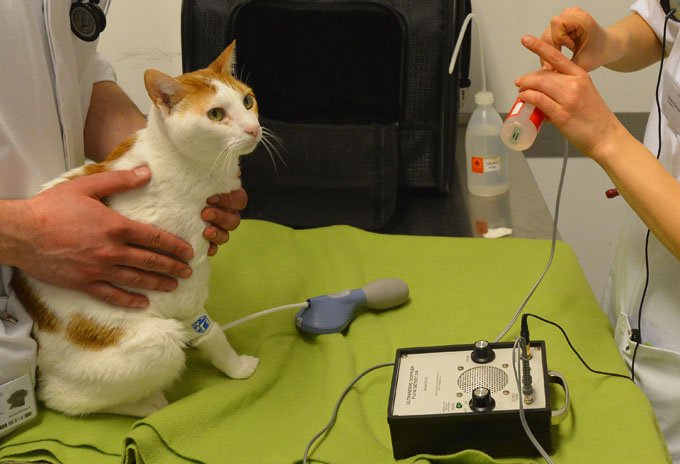This article courtesy of PetMD.com.
Feline Leukemia Virus Infection (FeLV) in Cats
Feline leukemia virus (FeLV) is a disease that impairs the cat’s immune system and causes certain types of cancer. This virus is responsible for a majority of deaths in household cats, affecting all breeds. Males are more likely to contract the infection than females, and…









